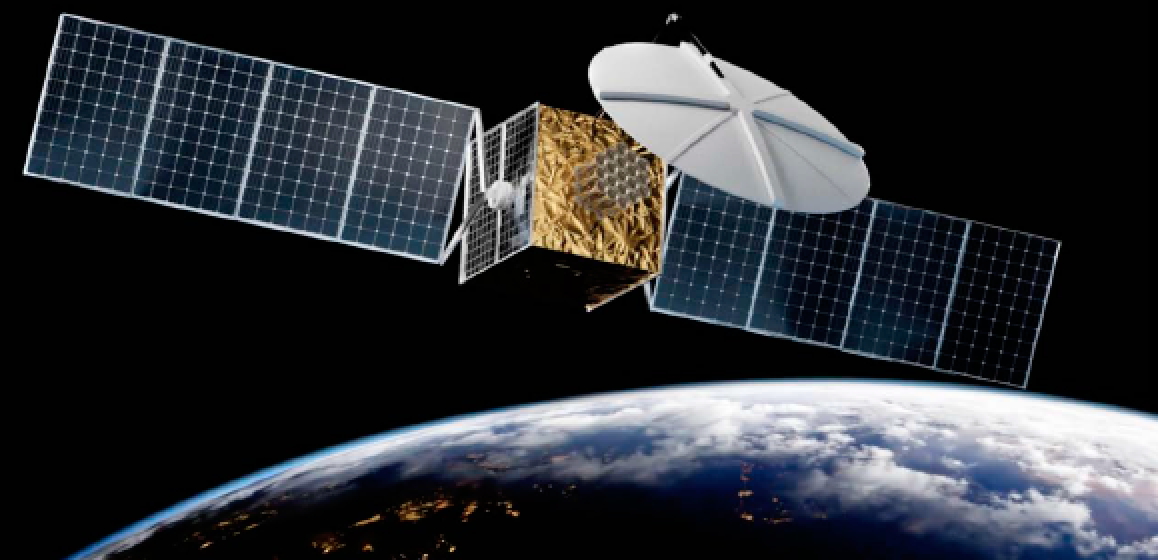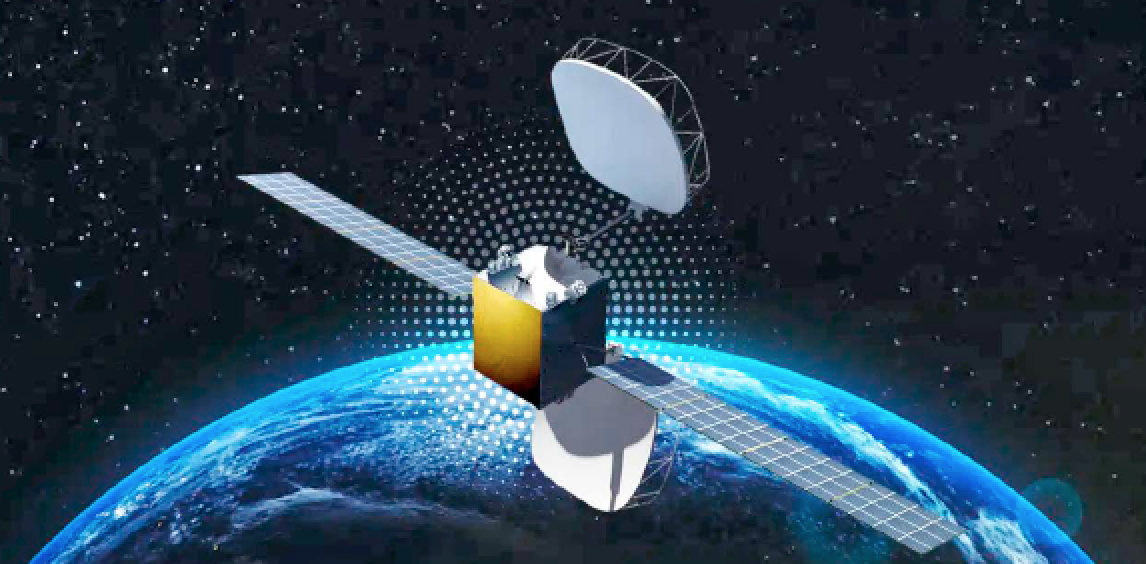Dr. Emile de Rijk is a physicist and entrepreneur with a track record spanning from technology and product development to international company scale-up and management in the aerospace industry. He co-founded SWISSto12 in 2011 as a spin-off from the Swiss Federal Institute of Technology in Lausanne (EPFL), where he obtained a Ph.D. and co-invented the innovative 3D printing and Radio Frequency technologies behind SWISSto12’s products.

Under Emile’s leadership, SWISSto12 evolved from its academic roots to become one of Europe’s fastest growing aerospace companies, securing funding from renowned Swiss and European investors, contracting with international customers across Europe, Israel and the USA as well as delivering a product portfolio now deployed operationally across land, sea, air and space with Tear 1 customers such as Thales, Lockheed Martin, Elbit Systems, IAI and more. Emile has also been deeply involved into the definition and architecture of HummingSat, an innovative, small, Geostationary telecom satellite that defines a new product category in space. HummingSat is developed with support from the European Space Agency and has secured a first landmark contract with Intelsat for the manufacture of Intelsat-45, the first HummingSat to launch in space.
Dr. de Rijk, what is the history of SWISSto12 and why did you start the company?

Dr. Emile de Rijk
Dr. Emile de Rijk
SWISSto12 was founded in 2011 as a spin off from from the Swiss Federal Institute ofTechnology in Lausanne (EPFL). We started the company with the specific purpose of developing the use of 3D printing technology to build Radio Frequency (RF) products.
Our initial customers and applications were in the field of scientific instrumentation, but we quickly recognized the potential of our technology for aerospace market and specifically telecommunications over satellite. This drove a pivot of the company in 2015 to focus on these markets.
From the early years of our journey, we developed a unique, multi-disciplinary expertise across additive manufacturing, surface treatments, RF, mechanical and aerospace engineering to develop products such as antennas, filters, signal interconnects or RF subsystems. Our unique technology allowed us to develop highly performing, lightweight, compact and cost-effective products that can be customized to the specific need of each customer, all of which are key differentiators in the aerospace market.
By 2019, our products were operationally used by our customers in both space and the aviation industry, we started opening international subsidiaries to expand our market presence in Europe, Israel and the USA. As we saw the constant increase in demand for fast, affordable and secure connectivity, we realized how much telecoms over satellite can address this demand.
We also noted the potential that positive impact our RF products can have on the overall performance and affordability of telecom satellites. This prompted us to take a broader view at the telecoms over satellite industry and realize that unadressed opportunity to market small sized GEO telecoms satellites, which led us to developing HummingSat.
SWISSto12 has grown substantially since then and has expanded internationally. What do you believe has driven this growth?
Dr. Emile de Rijk
SWISSto12 is shaped by more than a decade of innovation — evolving from its pioneering use of 3D printing technologies for aerospace applications and specialized RF products to now defining a new category of satellites which it builds for industry leading telecom operators.
We have developed successfully through constant technology and product innovation coupled to a strong customer focus and attention to ser vice their requirements and roadmaps.
Our growth has been carried by growing revenues since day one, in addition to support from our Swiss and European Investors who share a long-term and sustainable growth strategy with us. This has allowed SWISSto12 to evolve from its academic roots at EPFL
to become one of Europe’s fastest growing aerospace companies, delivering industrialized products to a global client base as well as operational presence across Europe, Israel and the USA.
We currently have a team of 70 employees, with the company expecting to expand further over the coming months to address the recent order of Intelsat’s 45 and its growing new business.
What distinguishes the SWISSto12 radio frequency products from the competitors’ offerings?
Dr. Emile de Rijk
3D printing combined to advanced engineering have been woven into SWISSto12’s DNA
since day one. SWISSto12 has developed specific printing processes that allow the company to generate parts with better quality, precision and surface finish.
After printing, products undergo a suite of unique surface treatments to further improve the surface quality and apply plating to optimize RF performance. This patented manufacturing process allows SWISSto12 to embrace greater freedom and creativity in designing products, but also reduce the part count and system architectures of satellite payloads. It can monolithically print an entire subsystem that would normally be built via the often-manual assembly of hundreds of traditionally produced components and 3D printing offers significant performance, size, weight and cost advantage.

Artistic rendition of the Intelsat-45 satellite, courtesy of SWISSto12
SWISSto12 has the world’s largest IP portfolio for RF products in aerospace applications built using 3D printing. The company was among the first to build, qualify and fly radio frequency hardware using 3D printing and has provided optimized and innovative products to the aerospace and telecommunications industries for more than a decade.
Intelsat recently became the first commercial customer of SWISSto12’s new GEO telecommunications satellite. What does this contract mean for the company?
Dr. Emile de Rijk
This was truly a landmark moment for the firm — the company is entrusted to build this new satellite for Intelsat, operator of the world’s largest integrated satellite and terrestrial network. This constitutes the first time in this 60-year-old industry that an established telecom operator has ordered a GEO satellite from a company other than one of the major, established, aerospace corporations and paves the way for successful growth of the SWISSto12 HummingSat product line.
What makes HummingSat unique and how will it revolutionize the sector?
Dr. Emile de Rijk
Named after the tiny, agile, fast-moving and yet apparently stationary hummingbird, HummingSat is just under 1000 kg. and two cubic meters in volume, which is typically five times smaller than conventional satellites that are placed into GEO orbit some 36 000 kilometres above Earth. The small size and weight of HummingSat allow the smallsat to be reach orbit as a rideshare payload within a large satellite launch and that results in affordable launch costs and launch schedule flexibility.
As the satellite is small and lightweight, HummingSat is far more affordable to build and launch, enabling satellite operators to provide bespoke regional or gap-filling services that would not be financially viable using large satellites.
HummingSat also has the potential to contribute to telecoms infrastructure sovereignty, catering to smaller countries that want to build their own, secure, independent telecommunications network, but for which investing in a large satellite is not feasible due to cost or because territory is too small to optimize its use. HummingSat thereby completes the product portfolio of traditional, larger, GEO satellite manufacturers and helps diversify the addressable markets for GEO telecoms. HummingSat contributes to addressing the growing demand for global connectivity.
What is your mission for SWISSto12?
Dr. Emile de Rijk
Our mission is simple and ambitious at the same time: provide performance products on land and in space for global connectivity applications.
What milestones can we expect from SWISSto12 in the future?
Dr. Emile de Rijk
As our HummingSat product line picks up steam, we are confident that we will win more major contracts from industry leaders as the company’s offerings are expanded and the firm moves closer to the launch of Intelsat-45. This growth comes with the expansion of the company’s RF product business, which is also developing quite successfully with aerospace customers.
With this strong demand, SWISSto12 is rapidly growing the team. In addition, to deepen the firm’s ability to service the U.S. aerospace customers as well as further international expansion, the company recently launched a U.S. based entity — St12 RF Solutions Inc.
How do you see the satellite industry in Europe evolving over the next decade or so?

Dr. Emile de Rijk
The demand for next-generation satellites, advanced communications,and more sustainable access to space is rapidly increasing — not only in Europe, but across the globe. This growing demand, along with requirements for service quality, resiliency and price points, will drive the need for more investments into satellite capacity that leverage digital payloads as well as across a diversity of GEO, MEO, LEO orbits. With HummingSat, the company expects the GEO orbit’s renewed potential to play a prominent role in this ecosystem.
In line with increased demand, the development of a new ecosystem of space driven product and service providers, alongside the evolving product lines of the larger scaled established providers, is well noted and will be technologically addressed by SWISSto12.
swissto12.com

